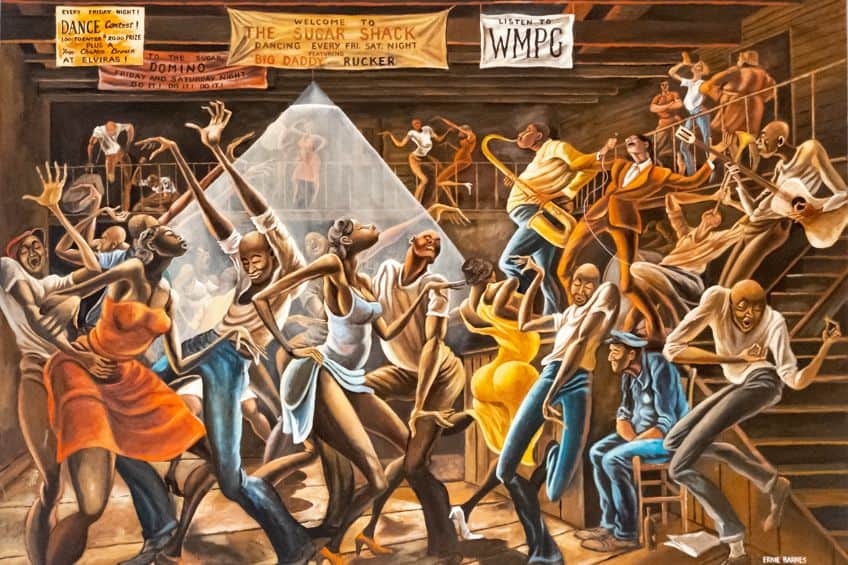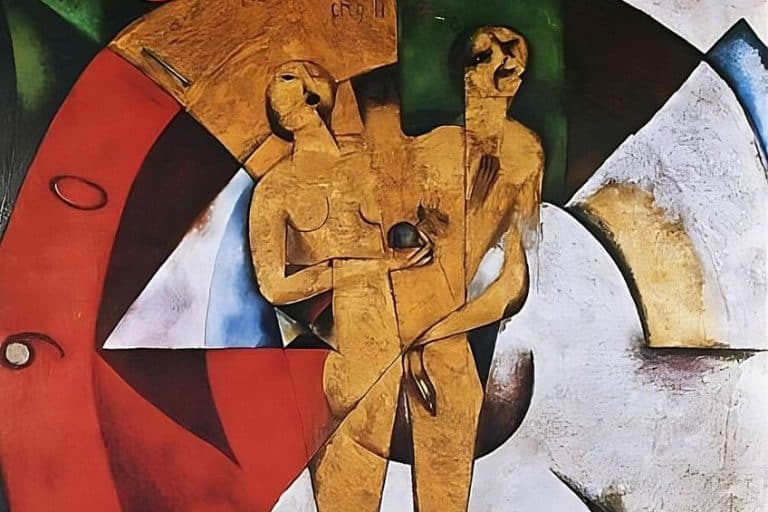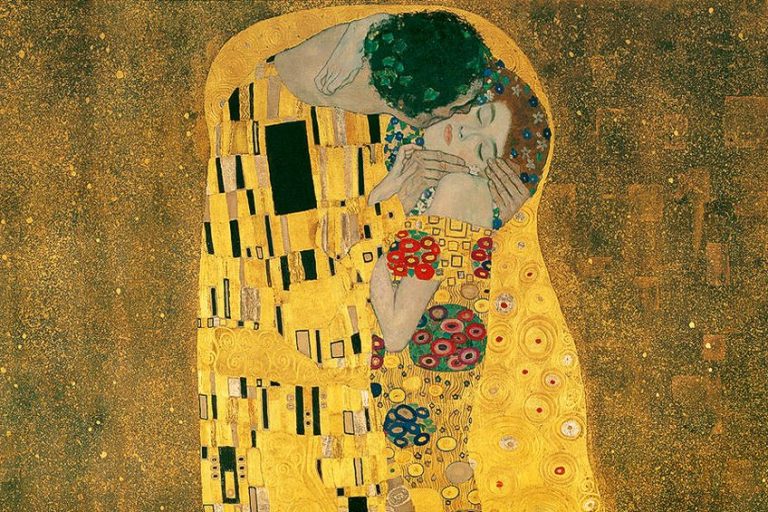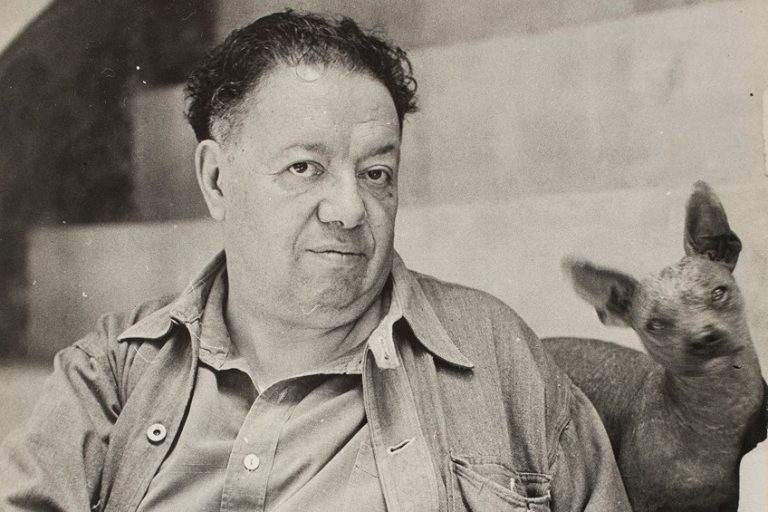“The Sugar Shack” by Ernie Barnes – An Artwork Analysis
The Sugar Shack by Ernie Barnes is a captivating artwork that captures the vibrant energy and rhythm of African American culture in the 20th century. Painted in 1976, Barnes, known for his dynamic style and portrayal of everyday life, brings to life a bustling scene of dancers, musicians, and onlookers in a lively juke joint. The bold colors, expressive brushwork, and sense of movement in The Sugar Shack not only showcase Barnes’ mastery as a painter but also convey the joy and vitality of the social gatherings he often depicted in his works.
Key Takeaways
- Ernie Barnes’ The Sugar Shack is a culturally significant work that resonates with the African American experience.
- The painting’s legacy is augmented by its appearance in popular media and its subsequent influence on culture.
- The Sugar Shack has achieved recognition both within and beyond the art world, highlighted by its notable sale at auction.
Creator and Inspiration
| Artist | Ernie Barnes (1938 – 2009) |
| Date Created | 1976 |
| Medium | Acrylic on canvas |
| Genre | African American art and sports art |
| Period/Movement | Contemporary art and the Black Arts Movement |
| Dimensions (cm) | Not specified |
| Series/Versions | Single version, no known series |
| Where Is It Housed? | Various museums worldwide |
| What It Is Worth | Estimated value varies, depending on the market |
Ernie Barnes is celebrated for his unique style that captures the dynamism of the African American experience. His most acclaimed work, The Sugar Shack, is a vibrant portrayal of a dance scene, full of movement and rhythm, which has left an indelible mark on art and popular culture. Barnes, a professional football player turned artist, drew inspiration from his own experiences and the energy of the environments he depicted to create a piece that resonates with many, delineating a cultural narrative through art.

The Sugar Shack has achieved a legendary status, not only for its aesthetic appeal but also due to its broader cultural implications, symbolizing a moment of joy and community within the African American narrative. Its depiction of a dance hall allows viewers an intimate glimpse of the era’s social dynamics. The artwork’s journey from creation to widespread acclaim is a story of success, marked by its memorable auction moment when it fetched a significant sum, highlighting not just the painting’s appeal but the increasing recognition of Ernie Barnes’ contribution to art and culture. This tale of The Sugar Shack underlines the intersection of art, culture, and heritage, and its ongoing impact raises discussions about the value and appreciation of art within contemporary society.
The Sugar Shack is deeply rooted in personal history and the collective memory of the Black experience during the Jim Crow era.
Biography of Ernie Barnes
Ernie Barnes was born on July 15, 1938, in Durham, North Carolina. He led a notable career that spanned both professional sports and the arts. Barnes played in the NFL for five seasons before pivoting to his true passion—art. Although his athletic prowess was seen on the football field, it was his artistic talent that would create a lasting legacy.
Influences and Childhood Memories
Barnes’ artistic inspiration was often drawn from his > childhood memories and experiences in North Carolina during segregation. Specifically, The Sugar Shack captures a moment at the Durham Armory, an event site frequented during his youth. This particular painting is a representation of rhythm and life that he witnessed, which made a profound impact on him and reflected a shared heritage.
The racial segregation laws known as “Jim Crow” deeply influenced the content of his work, instilling a cultural narrative that is evident in The Sugar Shack.
The Sugar Shack Painting
The Sugar Shack is a celebrated work of art by Ernie Barnes, renowned for its vivid depiction of a dance scene within a ballroom setting and its deep cultural resonance.

Artistic Elements and Style
Ernie Barnes’s The Sugar Shack features elongated figures in a vibrant, rhythmic dance scene that is characteristic of his style. The painting captures the energy of a segregated dance hall in Durham, North Carolina, where Barnes grew up.
His use of motion and kinetic energy, coupled with a vibrant color palette, brings the piece to life, illustrating the joy and soul of Black life.

Themes and Cultural Significance
The themes of The Sugar Shack reflect the celebration of Black culture and the essence of Ballroom Soul. The painting presents a nostalgic view of social gatherings that were often the only respite from the hardships faced during the era of segregated dances in the American South.
Its significance lies in its ability to capture the spirit and resilience of Black life, resonating with viewers through its depiction of unity and community joy.

Pop Culture Connections
The Sugar Shack has cemented its place in pop culture through various connections, most notably on the cover of Marvin Gaye’s album I Want You. Its exposure was further amplified when featured in the credits of the television show, Good Times.
This recurring presence in popular media from the 1970s to the present day has solidified the painting’s status not just as an art piece but as an icon of Black joy and artistry.
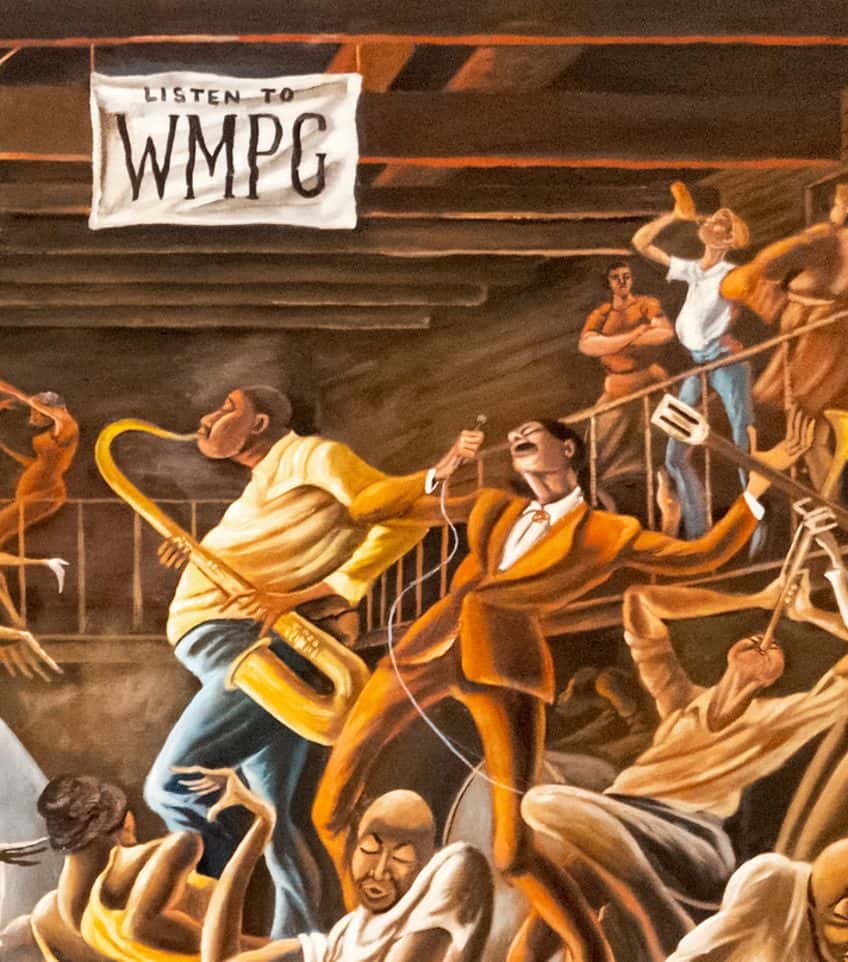
Legacy and Impact
Ernie Barnes’s The Sugar Shack has left an indelible mark on both the art world and popular culture, reaching audiences far beyond the confines of art galleries.
Examples of the impact of this painting in movies and television can be seen here.
- Marvin Gaye: The album cover for Gaye’s 1976 Motown release, I Want You, featured The Sugar Shack, solidifying the painting’s place in the nexus of music and visual art. This collaboration between Barnes and the legendary Motown singer showcased the painting to a wider audience, intertwining it with the era’s defining sounds and the broader cultural narrative.
- Good Times: The exposure of The Sugar Shack was further amplified through television when it appeared during the closing credits of Good Times, a popular sitcom. The artwork’s television presence contributed to a shared cultural experience, resonating with viewers and becoming a symbol of joy and expression.
Art Historical Importance
Within the realm of art history, The Sugar Shack is recognized as a significant piece of modern and contemporary art. Beyond capturing a vibrant scene of dancers, the painting provides a narrative about African American culture, experiences, and expressions. The painting’s exuberant portrayal of energy and movement, characteristic of Barnes’s style, broke ground and challenged traditional perceptions in modern and contemporary art circles. Its monumental sale at auction for $15.2 million not only underscored its monetary value but also its cultural significance as a centerpiece of African American history and experiences.

Provenance and Recognition
Ernie Barnes’s The Sugar Shack has seen a remarkable journey through auctions and has garnered significant attention within prestigious art collections. In May 2021, The Sugar Shack gained widespread attention when it was sold at a Christie’s auction. The high estimate for the piece was greatly surpassed when the painting achieved a final sale price of $15.2 million.
Among the bidders were influential figures including a notable hedge fund manager.
Exhibitions and Collections
The Sugar Shack has been exhibited in key institutions, illustrating its cultural significance. The California African American Museum has featured Barnes’s work in the past, further cementing its importance in American art history. The iconography of the painting has been recognized by another prominent establishment, the Museum of Fine Arts in Houston, where it was displayed in the Nancy and Rich Kinder Building through December 2022, inviting numerous visitors to appreciate its vibrant depiction of a dance club.
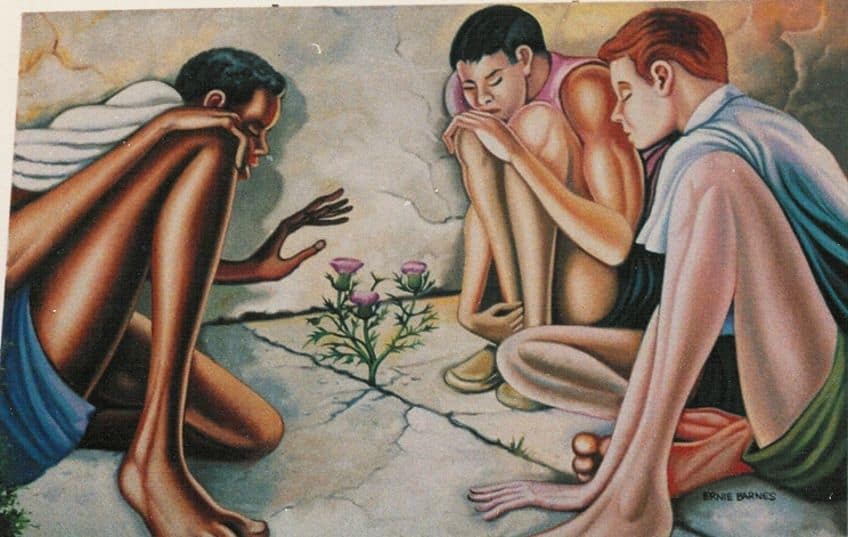
The Sugar Shack stands as a timeless celebration of joy, community, and cultural vibrancy. Through his expressive brushstrokes and keen observation of everyday life, Barnes immortalizes a moment of music, dance, and camaraderie that resonates across generations. The dynamic energy, vibrant colors, and rhythmic composition of The Sugar Shack not only capture the essence of a specific time and place but also evoke universal themes of unity and celebration. As a significant contribution to African American art and cultural heritage, this masterpiece continues to inspire and uplift viewers, reminding us of the enduring power of art to reflect and celebrate the human experience.
Frequently Asked Questions
What Is the Significance of The Sugar Shack Painting?
The Sugar Shack is renowned for its vibrant and rhythmic representation of a dance scene within an African American club, reflecting themes of community, culture, and the socio-historical context of the segregated South in which Ernie Barnes grew up. The piece became further popularized as it appeared on the television show Good Times and as the album cover for Marvin Gaye’s I Want You.
Where Can One Find Ernie Barnes’s Art for Purchase?
Ernie Barnes’s original artworks are sold through auctions, galleries specializing in African American art, and on occasion, directly through the Ernie Barnes Family Estate. Prospective buyers should consult fine art auction houses or reputable galleries for available pieces.
What Is the Estimated Value for an Original Ernie Barnes Painting Like The Sugar Shack?
The value of Ernie Barnes’s original works, such as The Sugar Shack, can reach significant figures, as evidenced by a record sale at auction for over $15 million. The painting’s worth is determined by various factors including its historical significance, condition, provenance, and the market demand for Barnes’s art.
Isabella studied at the University of Cape Town in South Africa and graduated with a Bachelor of Arts majoring in English Literature & Language and Psychology. Throughout her undergraduate years, she took Art History as an additional subject and absolutely loved it. Building on from her art history knowledge that began in high school, art has always been a particular area of fascination for her. From learning about artworks previously unknown to her, or sharpening her existing understanding of specific works, the ability to continue learning within this interesting sphere excites her greatly.
Her focal points of interest in art history encompass profiling specific artists and art movements, as it is these areas where she is able to really dig deep into the rich narrative of the art world. Additionally, she particularly enjoys exploring the different artistic styles of the 20th century, as well as the important impact that female artists have had on the development of art history.
Learn more about Isabella Meyer and the Art in Context Team.
Cite this Article
Isabella, Meyer, ““The Sugar Shack” by Ernie Barnes – An Artwork Analysis.” Art in Context. April 19, 2024. URL: https://artincontext.org/the-sugar-shack-by-ernie-barnes/
Meyer, I. (2024, 19 April). “The Sugar Shack” by Ernie Barnes – An Artwork Analysis. Art in Context. https://artincontext.org/the-sugar-shack-by-ernie-barnes/
Meyer, Isabella. ““The Sugar Shack” by Ernie Barnes – An Artwork Analysis.” Art in Context, April 19, 2024. https://artincontext.org/the-sugar-shack-by-ernie-barnes/.


